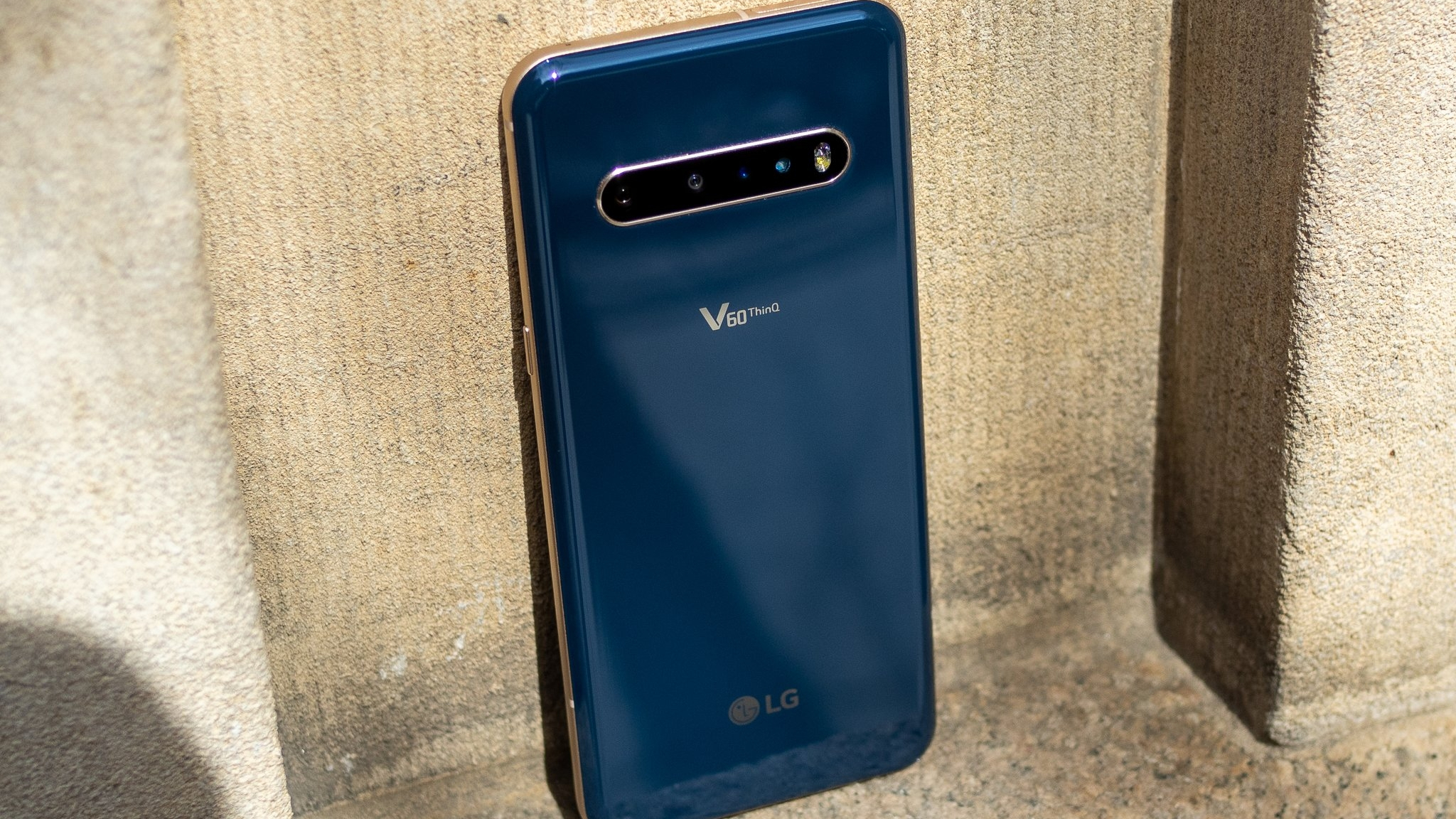Have you ever listened to your favourite music by a pair of high-end headphones or $300 Hello-Res Audio licensed Bluetooth earbuds? Do you subscribe to Spotify’s free plan, or are you extra of a premium-tier Tidal listener? Apple has an enormous lossless high quality music library proper now however you in all probability don’t have the precise gear to completely reap the benefits of it. Similar factor with Tidal, which is lowering its prices beginning April tenth, making its high-resolution music extra accessible. In the meantime, Spotify nonetheless doesn’t provide lossless after asserting “Spotify HiFi” again in 2021.
However regardless that the most well-liked music streaming service nonetheless doesn’t provide hi-res audio, is it one thing you truly care about? Might you inform the distinction between the free lower-resolution choices on Spotify and the lossless high quality streams from Tidal, Apple Music, or Amazon Music Limitless?
To actually discern the distinction between them, you want the precise wired gear or the precise mixture of smartphone, Bluetooth codec, and high quality Bluetooth earbuds/headphones/cell DAC, which assist what’s being performed from the cellphone.

That looks like rather a lot to undergo, however that’s what I did, and I introduced it proper to the doorstep! My “Pepsi Problem” was presenting a blind “style” check to the typical smartphone person to seek out out if all of this progress, these advances in audio expertise, actually matter.
LG made hi-res audio straightforward. RIP to straightforward.

Let me take a quick second to say RIP to my beloved LG V60 ThinQ from 2020, which featured a Quad DAC built-in and a 3.5mm audio port. That was one of many best methods to get CD-quality audio out of a cellphone.
Some over-ear or on-ear headphones might be related to modern-day 3.5mm port-less telephones by way of USB-C or 3.5/4.4/6.3mm connectors and adapters whenever you use a USB-C cell DAC/Amp. That mentioned, what number of of you studying this contemplate your self an “audiophile” and would spring for each Bluetooth earbuds and over-ear headphones and a DAC (do you even know what that’s)?
Did your eyes simply glaze over studying that? So, I ask once more, does the typical client care sufficient to determine all of this out to leverage all of that top bit charge goodness? To determine that out, I devised a check to get some definitive solutions.
Testing to seek out what issues

For this check, I selected 10 folks of various ages, ethnicities, and genders and performed low-resolution audio streams, adopted by both lossless FLAC information or high-resolution Tidal streams. A number of the responses I acquired expanded my understanding of what influences folks’s selections profoundly. I used to be stunned by a number of the solutions as a result of I hadn’t thought-about the context during which some folks take pleasure in music.
I arrange the methodology for testing my pattern group like so:
Some contributors had extra time than others, so the variety of songs diverse, however every music they sampled was performed twice. I used a Pixel 7 Professional to play every music as soon as from Spotify, with the audio stream high quality set to “Medium,” after which a second time instantly from my Pixel utilizing the USB Audio Participant Professional app or Tidal. I had to make use of that app as a result of Android downsamples the audio popping out of that USB-C port to 16bit, 44.1kHz, and the information I used to be taking part in have been greater decision than that.
HummingBird Media, who was as enthusiastic about this check as I used to be, outfitted me with the gear for this experiment. For spherical one, I used the superb Sennheiser Momentum True Wi-fi 4 over-ear headphones by way of Bluetooth. In spherical two, the identical songs have been performed by way of those self same headphones however wired now, utilizing iFi’s Audio GO link USB-C dongle DAC/headphone amp. I had one occasion the place I employed some higher-end gear that Hummingbird despatched, however I’ll get to that in a second.
Who cares about hi-res audio, and why?

So, what have been the outcomes after my contributors’ listening checks after which subsequent Q&A periods? Most individuals mentioned they may hear a transparent distinction. Actually. The commonest suggestions was that the domestically performed FLAC information or streamed Tidal tracks had extra readability. There was extra separation with the devices, that means they may discern particular person sounds higher within the higher-resolution information and streams. Feels like a straightforward “W” for hi-res audio, proper? Flawed.
One tester, JT, a broadcast engineer by commerce, remarked that regardless of the perceived distinction, it wasn’t sufficient for him to pay for something particular to have higher-quality content material. He likened it to 1080P vs. 4K TVs. He advised me that he is aware of 4K is healthier, however 1080P is nice sufficient for his wants. So, no Tidal and no looking down and buying FLAC information; he’s tremendous with lower-quality music, technically talking.
Another testers had equally nuanced responses. Two testers, whom I am going to name CA and CF, mentioned they might each pay, however in several contexts. CA might hear the distinction in readability however was solely prepared to pay the one-time value for the $59.99 iFi GO hyperlink dongle DAC. He wasn’t prepared to fork over the additional dough month-to-month for a premium music service.
CF already pays for Spotify as a result of she doesn’t like adverts, so she can be prepared to pay for the distinction she hears between the 2 streams. However she would increase on that and say that it wasn’t value it in her automotive, and she or he’d solely need to reap the benefits of paying for premium streaming or upgrading to extra premium gear just like the Sennheiser Momentum 4 and iFi GO hyperlink for energetic, leisure listening at residence.
Some folks could possibly inform the distinction between low-resolution and hi-res audio, however that also won’t be sufficient to justify the additional value usually related to it.
Listening to, or “audition,” as it might even be known as in neuroscience circles, is extremely subjective. It’s as a lot about notion as it’s concerning the technical facets of the sound supply, and as such, it shouldn’t be a shock that two of my testers didn’t hear any distinction in high quality. This additionally signifies that that they had no incentive to pay for something greater than what that they had already used. Hello-res doesn’t matter to both of them.
A kind of testers can be an avid music listener. She cooks with music on and does chores with it on. After we get within the automotive, the very first thing she does is activate the radio and hit her favourite Spotify playlists on her cellphone. It’s my spouse, so I do know this stuff.
Since I had extra time to check my spouse, I had her take heed to one of many check tracks a 3rd time, “Diamonds on the Souls of Her Sneakers,” by Paul Simon. Solely this time, I employed iFi’s spectacular GO blu HD Bluetooth DAC and streamed within the Hello-Res LDAC codec at 96kHz, 32bits by that DAC right into a pair of audiophile-grade Sennheiser HD 660S2 open-back over-ear headphones. When you don’t know, these are like seeing a film in IMAX, the place the Momentum 4 can be viewing that very same film on one of many customary massive screens. Each are gratifying, however the 660S2 is extra dynamic.
With the 660S2, my spouse was capable of hear a barely discernable distinction from the lower-resolution music, nevertheless it nonetheless wasn’t vital sufficient to affect any motion on her half towards the higher-resolution expertise.

The 2 most profound Q&As touched on notion and introduced up questions of neurodiversity, which I hadn’t thought-about earlier than. One in all my testers most popular the lower-resolution music due to a phenomenon I truly take pleasure in. Excessive-resolution music information paired with high-end headphones make me really feel like I’m really immersed within the music. At its finest, it feels just like the music will not be taking part in at me however that it’s truly in my head. It feels prefer it’s throughout me, or extra exactly, I’m in it. I’m on stage, sitting in the midst of the band.
She didn’t like that feeling, initially saying it was too loud regardless that I checked to make sure that the tracks have been taking part in on the similar perceived loudness. This made me suppose of people that have processing sensitivities, these for whom sure stimuli might result in sensory overload. I spotted that in that context, hi-res audio performed by earbuds or high-end headphones might be “dangerous,” and the decrease decision, much less dynamic streams, “good.”
Then there was SK. He heard and articulated the distinction in readability, however to him, an avid Spotify person, the distinction within the higher-resolution tracks sounded too “digital.” He mentioned the Spotify streams have been “acquainted, comfy.” For him, the enjoyment was within the acquainted, and the perceived distinction took him out of that place of consolation and made it much less gratifying.
Ultimate conclusions: What actually issues

On the finish of my experiment, I’ve come to 2 conclusions:
- Nearly all of my testers hadn’t listened to music taking part in in one thing they’d contemplate “high-end” headphones. All of them remarked on how superb the Sennheiser Momentum 4 sounded. So, a part of answering my preliminary query requires first asking, “Has the typical person even heard high-quality audio performed by high-quality audio gear to know if Hello-Res audio issues?”
- There isn’t any “common” person. There are quite a few contexts and causes for smartphone customers to care or not care about Hello-Res audio regardless of it being “higher” on paper, and all of them are proper.
On the finish of the day, expertise will preserve shifting ahead, and as issues progress and wi-fi applied sciences are higher capable of deal with lossless information, folks will simply have entry to them, which can develop into the norm, very similar to how Apple made its whole library out there in its lossless ALAC format.
These with causes and contexts for not liking it’s going to discover the companies that work for them if there isn’t any choice to retain the lower-resolution variations of the songs they take heed to. The remaining probably received’t even acknowledge that they’ve been “upgraded” as a result of they don’t have the dearer, higher-end listening gear, which might make that improve actually pop just like the Sennheiser and iFi gear I used right here. They’ll proceed to purchase the earbuds whose focus is on value and have set first, and Hello-Res dynamic vary audio second.


